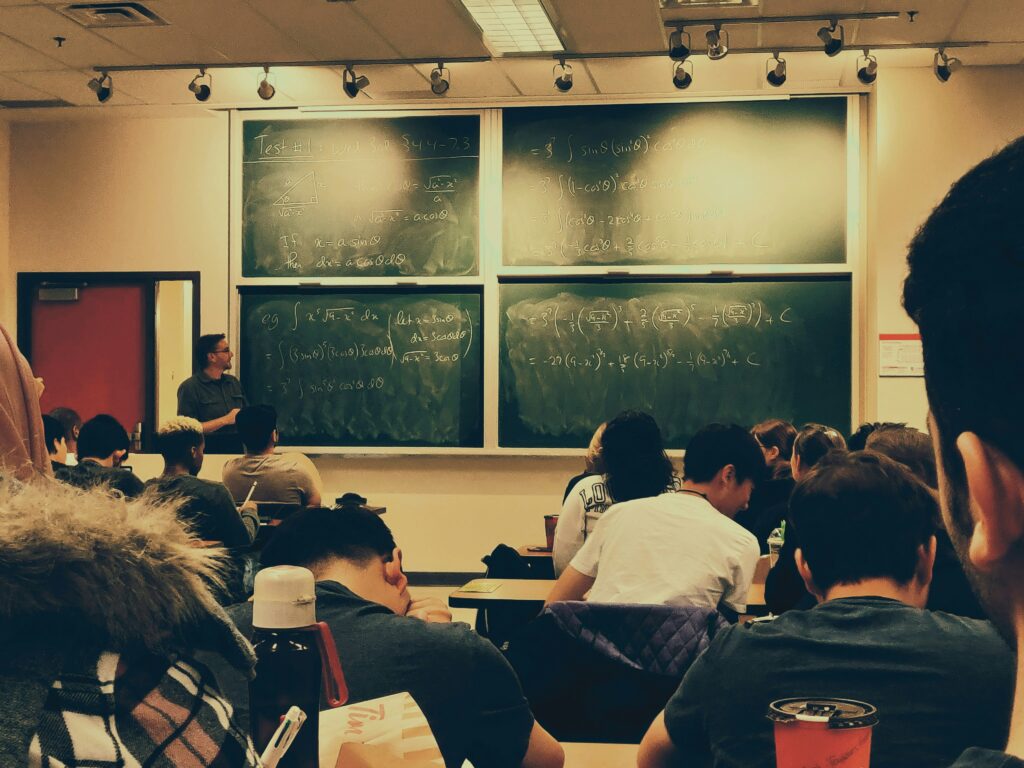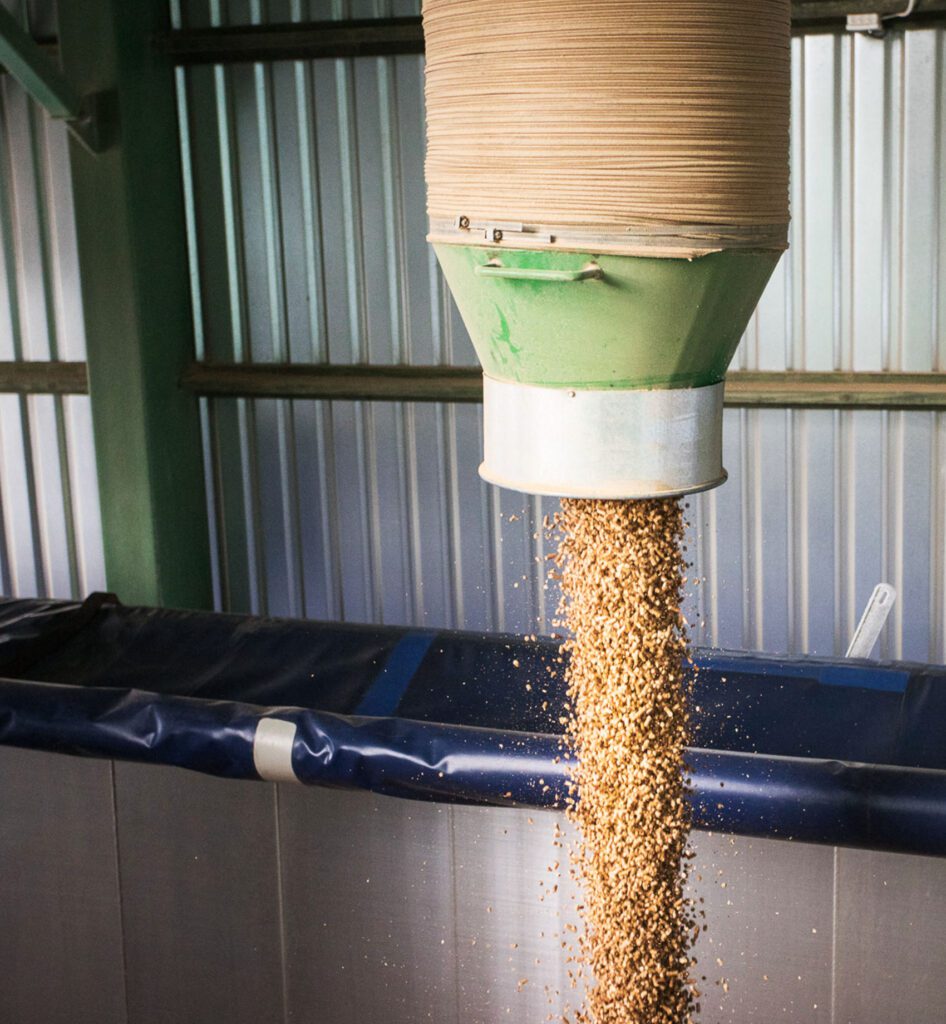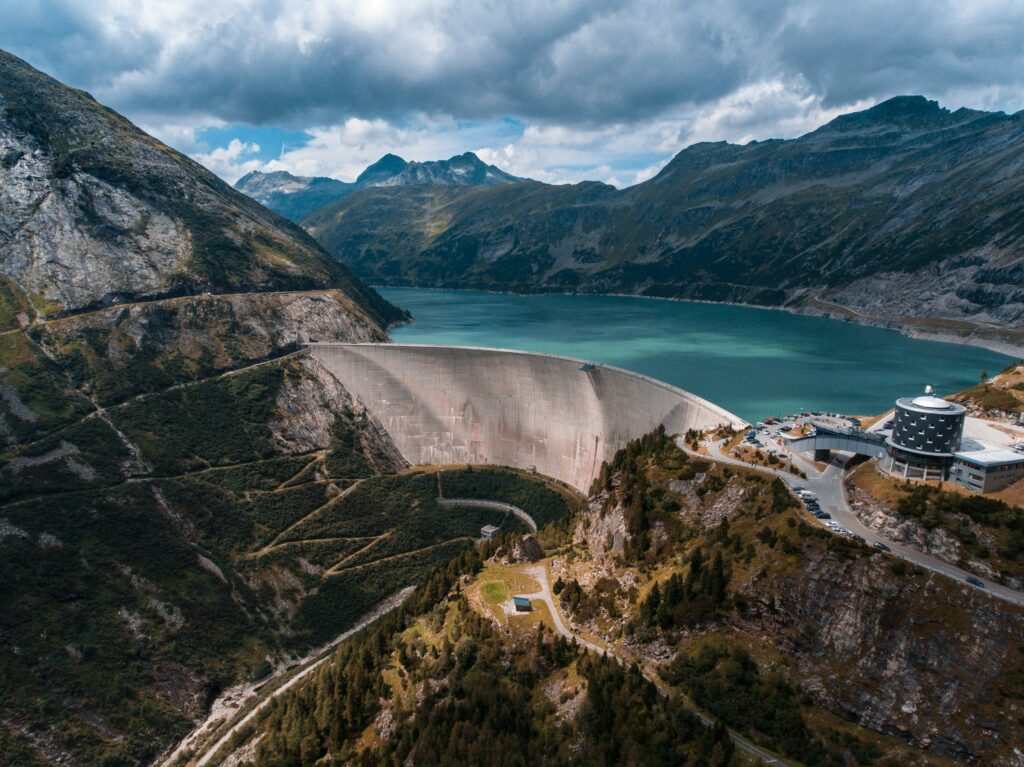The silent climate catastrophe in war-torn Ukraine: CCS deployment potential in the country
The background:
Russia’s war on Ukraine will continue in 2024. The full-scale invasion has caused not only untold human suffering but also enormous economic losses. However, beyond the obvious and immediate effects, the war has also caused an impact on the climate nationally and regionally. The increased use of emission-intensive military vehicles, floods and droughts caused by the demolition of dams, forest cuts and fires, and attacks on oil reserves and infrastructure have all led to a notable increase in CO₂ emissions. Ukraine is fighting not only for its legal and economic existence but also for the European environmental future.
Amidst the conflict, projects like CCS4CEE have also become a platform for raising awareness of the ongoing war, related CO₂ emissions and potential climate mitigation strategies, in this case – deploying CCS (carbon capture and storage) technologies. The overall aim of the CCS4CEE project, funded by EEA and Norway Grants Fund for Regional Cooperation, was to raise awareness and renew the discussion on CCS in Central and Eastern Europe, leading to new policies and joint projects. However, in Ukraine, research was supplemented by an assessment of the impact of war and an analysis of various recovery scenarios for Ukraine.
Volodymyr Buzhan, an expert from CIVITTA Ukraine, has played a significant role in the project, focusing on the analysis and development of CCS technologies in Ukraine. Over the past five years, he has been deeply involved in shaping climate policy, particularly by contributing to Ukraine’s Nationally Determined Contribution submission under the Paris Climate Agreements. Historically, CCS has not been extensively analysed in Ukraine due to complex economic factors and limited technological access. However, the CCS4CEE project has seen a rise in interest from diverse stakeholders. This initiative has significantly improved the understanding of CCS’s potential in Ukraine.
The following press release offers an in-depth look at Volodymyr’s insights, shedding light on the details of CCS technologies within the challenging context of Ukraine’s current situation. His perspective highlights the connection between environmental strategies, climate change mitigation, and Ukraine’s journey towards recovery and resilience.

Why should people be aware of CCS, and how does it affect climate change?
The challenge of climate change is a debate in all countries, including Ukraine. The cement, metallurgy, and energy industries still have a significant CO₂ footprint. Various ways to mitigate climate change include using renewable energy and biogas, applying hydrogen, and developing waste-to-energy technology.
Nevertheless, many of these methods are still unproven, not economically feasible on an industrial scale or do not solve the issue of process emissions (emissions released during industrial processes and on-site manufacturing) that is especially relevant in hard-to-abate industries like steel, metallurgy, and chemical industries. The goal of carbon capture and storage technologies is to lessen the existing adverse effects on the climate.
Moreover, there is also a potential for capturing and using CO₂ in various industries, such as methanol production, an emerging industry with significant demand for CO₂. As technologies continue to be tested and applied, CCS and CCU (carbon capture and utilisation) present viable options for this gradual transition towards a greener future.
Climate change policy revolves around two main directions. The first direction is about mitigating the negative impact on the climate, which involves reducing the amount of CO₂ emitted into the environment. The second is about adapting to the inevitable climate changes that are already occurring. However, the pace of these changes depends on the level of negative impact we have on the environment. The faster the negative impact, the quicker the climate changes, leaving us less time to adapt.
Climate mitigation technologies include transitioning from one energy resource to another, for example, moving from coal to gas or gas to electricity, and phasing out fossil fuels in favour of hydrogen. Moreover, another approach is to capture CO₂ from the emission source or directly from the air (direct air capture) and store it or use it in other industries, thereby reducing and mitigating its negative impact on the climate.

How has the war changed the CO₂ emissions in Ukraine?
While the official report on last year’s emission volumes is still being developed, our estimations indicate at least a 25% decline in emissions. This decrease is attributed mainly to the economic decline in Ukraine. Notably, there has been a consistent parallel between the country’s GDP and emissions due to limited efforts to reduce energy intensity. As a result, economic growth has historically been matched with increased emissions, and vice versa. The most significant decline is observed in the steel production and energy sector.
The energy sector, in particular, has faced multiple challenges, leading to reduced production. The initial mass migration (nearly 7 million people fleeing at the start of the war and about 3 million returning later) has impacted energy consumption patterns.
Further, in southern Ukraine, substantial damage to power plants, especially renewable ones, has significantly reduced solar and wind capacities. Over 50% of heat power plants have been destroyed due to targeted missile attacks, affecting their operational capacity, which now ranges from 20 to 50%. Another major challenge is the destruction of energy infrastructure, including transformers and grids, hindering the effective transmission of electricity. Despite this, European countries have provided aid by supplying transmission equipment to replace or repair the damaged infrastructure.

The metallurgy industry’s significant geographical positioning in Eastern and Southeastern Ukraine, close to raw material sources, has exposed it to ongoing conflict. The industry faces operational restrictions due to constant artillery fire and severe logistical challenges, including a blockade of seaports and increased transportation costs to the EU.
However, it’s important to note that while emissions from production facilities and the broader economy have decreased, military activities have generated substantial emissions. Fires resulting from attacks on infrastructure and oil reserves, forest damages, and the increased use of emission-intensive military vehicles have significantly increased CO₂ emissions, far exceeding the reductions caused by the economic downturn.
Have there been any key CCS initiatives in Ukraine before the war? And what is their status?
Ukraine has primarily focused on renewables, biogas, and transitioning from coal to gas. Before the war, CCS was considered a relatively expensive technology for Ukraine. There were many cheaper solutions available that could also help to reduce CO₂ emissions. Like most economies with numerous challenges and outdated infrastructure, Ukraine has made few efforts to reduce energy intensity. Without commitments to go carbon-neutral within the next decade, Ukraine has looked at the next five to ten years, finding the most economic viability in energy efficiency and a slight shift to renewables. Meanwhile, the situation is different in Europe, as Western European countries have almost implemented all those changes and have significantly reduced CO₂ in the respective sectors. For Ukraine, CCS had not been a focus before the war. However, there were some economically viable ideas on CCS and CCU technologies, particularly for capturing CO₂ from gas produced in Ukraine and applying it in methanol production or the agricultural sector for greenhouses.
Ukraine is connected to Europe’s natural gas infrastructure, and European suppliers also store gas in Ukraine’s large underground storage facilities. However, the technical parameters of Ukrainian gas differ from EU gas, particularly in the share of CO₂ in the gas structure. As a result, there are requirements for purifying Ukrainian gas to meet EU standards. This has created an interest in CO₂-capturing facilities, particularly for gas production companies. However, such companies in Ukraine are relatively small, and only the state-owned Naftogaz and some private companies are interested in exporting gas to the EU.

How does Ukraine balance immediate survival with long-term climate change improvement goals, such as CCS implementation, in the face of war and its devastating effects?
Although it may seem contradictory at first glance, immediate survival goals and long-term climate change improvement goals complement each other. Ukraine’s heavy reliance on gas and oil imports consumes a large portion of the budget and contributes to high energy poverty. Many buildings in Ukraine are inefficient, consuming twice as much heat as buildings in similar climate conditions in other European cities. Effective upgrade mechanisms can significantly reduce energy consumption.
The government in Ukraine is working on different mechanisms to distribute more loans for heat system upgrades. As for energy-intensive generation and production capacities that have been demolished, there is no point in restoring them with traditional technologies. For example, if a large steel factory is to be rebuilt from scratch, applying new technologies is more economically viable. The same applies to the energy sector, where destroyed coal-powered heat generation, scheduled for decommissioning within five to seven years, should not be restored. Ukraine has no option but to rely on green technologies for economic recovery and development, as traditional technologies lack financing, and the state cannot afford to finance coal power.
By focusing on future CCS projects, Ukraine can contribute to rebuilding a more sustainable and environmentally resilient post-conflict nation. Higher energy prices and demand for emission allowances in the EU market could also lead to more CCS and CCU projects. However, CCS and CCU technologies are not universally accepted as green technologies. Some environmentalists strongly oppose these technologies in Europe and Ukraine, arguing that CCS doesn’t lead to a fundamental technological change and the reliance on fossil fuels continues; it’s just that CO₂ is captured and stored elsewhere. Another concern highlighted concerning storage is the potential risk of carbon leakage, leading to significant concerns in Ukraine and the EU.
However, it’s essential to recognise that some industries cannot rapidly achieve carbon neutrality without such technologies, making CCS and CCU viable, at least for a transition period. It might not be the ultimate solution for carbon neutrality, but they are necessary under current policy and circumstances.
How significant was interest and public acceptance for CCS in Ukraine before the war? Has it shifted?
The interest and public acceptance of CCS in Ukraine before the war was limited, mainly appealing to a niche audience. However, two companies, including Naftogaz, expressed interest previously. They explored CCS as part of their strategic transformation but did not proceed due to the lack of regulation on CO₂.
The absence of a policy push from within and the overwhelming need for policy adoption and legislative development meant that the government, ministries, and responsible regulators lacked the capacity to process this.
The State Agency for Natural Resources was another stakeholder interested in CO₂, particularly in storage. They researched storing CO₂ in abandoned or decommissioned gas wells and its application in enhancing oil recovery. However, significant steps forward weren’t made, and with the departure of the deputy head of the agency, these initiatives did not progress.
Currently, the interest is broader as we’ve engaged a more comprehensive set of stakeholders. However, not many of them view CCS as an immediate solution during the recovery phase. It might be considered more seriously after around a decade, but not immediately. At present, only gas production companies are actively exploring CCS.
Looking into the future, what are the potential paths for CCS in Ukraine’s post-war recovery and rebuilding process? What could be the best way to introduce CCS in Ukraine?
For CCS to be introduced in Ukraine, the first step is to develop policy regulations on CO₂ and CO₂ storage, as currently, there are restrictions on storing and transporting CO₂ within the system. The goal is to utilise our internal resources, including CO₂, as much as possible rather than just emitting it into the environment. This approach can bring economic viability to various projects. For instance, gas producers might extract CO₂ from gas for methanol production, which can be further used in the chemical industry.
Another aspect to consider is CO₂ storage. This issue is more complex because most potential storage sites are near active military zones. Only after the war can the extensive usage of such sites be considered, possibly even storing CO₂ from other countries.
Additionally, Ukraine aims to benefit from the near-shoring process, where EU companies establish production facilities outside the EU. Some of these facilities could be in Western Ukraine, where CO₂ capture technology could reduce the carbon footprint of products exported to the EU market.

However, Ukraine currently lacks a clear vision for its green transition. Although we have a Recovery and Development plan, it has not yet been adopted and lacks a clear direction for the transition. Formulating such a plan would provide companies with a clear understanding of policy perspectives and investment opportunities. CCS could be highlighted as a transitional option for the mid-to-long-term perspective.
To find out more about the CCS deployment situation and potential in Ukraine and potential roadmap, please refer to the following two reports developed by CIVITTA Ukraine for the CCS4CEE project:
- Assessment of current state, past experiences and potential for CCS deployment in the CEE region (Ukraine)
- CCS National Roadmap (Ukraine)
The interview was prepared by CIVITTA, and the project is funded by EEA and Norway Grants Fund for Regional Cooperation.







































